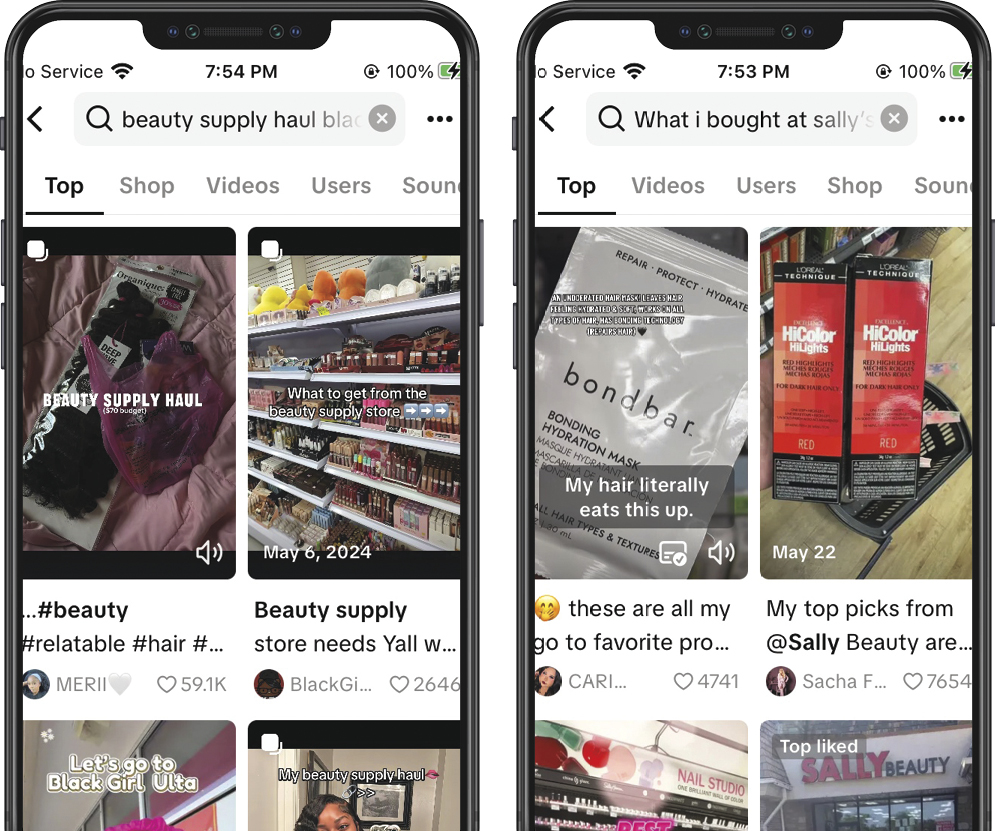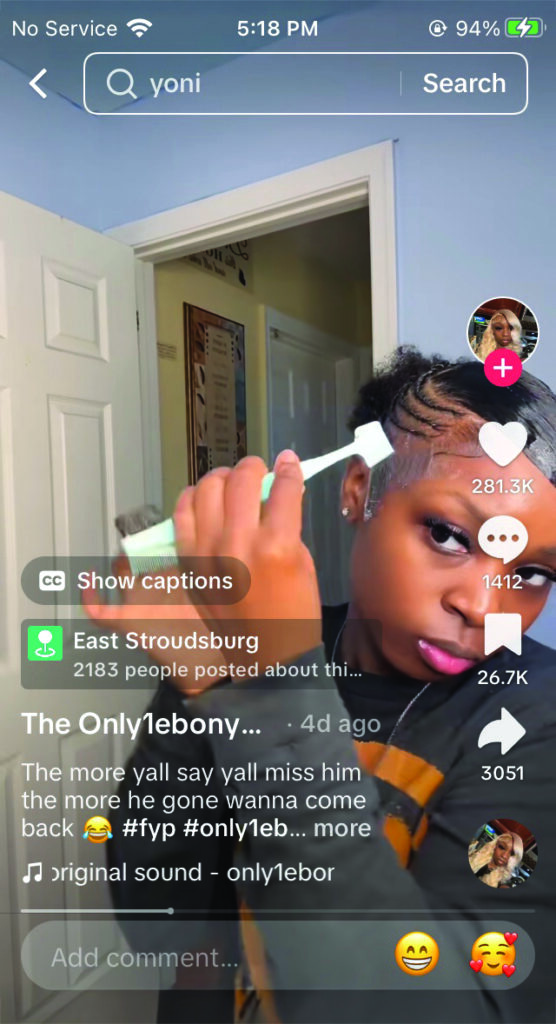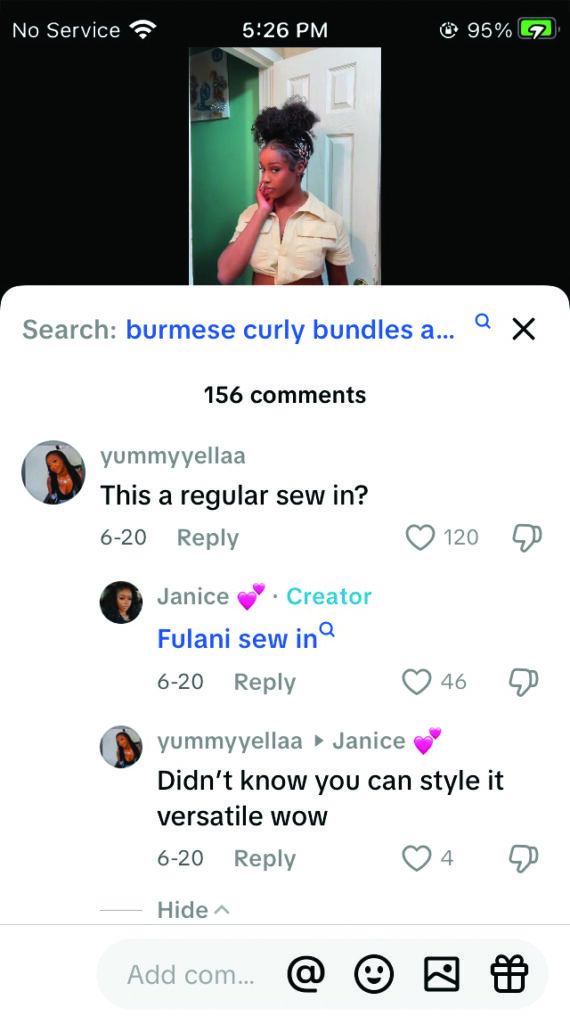
A once-hot product suddenly stops selling and begins to pile up. A single viral moment on TikTok or Instagram can trigger a sell-out, but the hype fades just as fast. With trends shifting at breakneck speed, it’s getting harder for store owners to predict and respond in time. They scroll through TikTok and check Instagram, trying to keep up, but it’s not easy. Some wonder if it’s their age or just a lack of fluency with the latest slang. The frustration is real. In today’s world of information overload, how you search matters more than what you search for. There’s a strategy to it. With the right approach, spotting trends and staying ahead becomes much easier. This article shares practical ‘search techniques’ that can be used as powerful tools for store management.
Step 1: “What and How to Search?” – Practical Keywords and Hashtags
The Difference Between Search and #Hashtags
If search is a tool for finding ‘answers,’ hashtags serve as a tool for reading the ‘pulse.’ Search yields curated results such as blog posts, articles, brand content, and online shops. Hashtags, on the other hand, highlight raw and unfiltered ‘real-time moments.’ They are especially vivid because consumers create and share their own keywords. Hashtags like #BudgetBeauty, #BlackHairStyles, and #MyRoutine reflect language used naturally by real consumers, shaping new trends and market vocabulary. Using both search and hashtags together gives sharper insight into what customers are seeking and which products attract attention. This information directly informs inventory planning and new product selection.
How to Use Keywords Correctly
Search terms are the exact words or phrases users enter into the search bar. If too short, results become broad and vague; if too long, relevance decreases. The most effective approach is to combine two to three core keywords.
When creating search terms, the following formats are helpful:

✅ Practical Keyword Examples That Drive Sales:
| Search Types | Recommended Keywords | Notes |
| Problem-Solving | “how to grow 4c hair”, “dry scalp solutions”, “best edge control for humidity” | Highlights customers’ pain points. |
| Brand Comparison | “mielle vs camille rose”, “the doux mousse vs lotta body” | Typically searched during the final purchase stage. |
| Purchase Analysis | “beauty supply haul”, “what I bought at sally’s” | Offers clear market insight by revealing what competitors’ customers buy. |
| Style-Related | “bohemian braids products”, “how to do a silk press at home” | Identifies product sets needed for specific styles. |

TikTok search screen example. Entering keywords like ‘Beauty Supply Haul Black Girls’ or ‘What I bought at Sally’s’ reveals content featuring products frequently purchased by users.
Understanding Hashtags
A hashtag is a keyword marked with a ‘#’ to indicate a topic or interest, such as #naturalhair or #wiginstall. Because users create and share them spontaneously, hashtags act as ‘real-time interest indicators’ and provide valuable insights for quickly tracking trending styles and products.
Searching hashtags like #blackgirlhairstyle, #protectivestyles, or #braidstyles reveals content frequently engaged with by Black female consumers. Clicking on a hashtag brings up related trending videos. If certain products or brands appear repeatedly, they are likely emerging trends.
✅ Essential Hashtag Examples You Must Search:
| Category | Recommended Hashtag | Notes |
| Basic Trends | #BlackGirlTikTok, #BlackBeauty, #NaturalHair | Captures overall trending styles and vibes through everyday content. |
| Product Search | #NaturalHairProducts, #ProtectiveStyles, #BlackOwnedBeauty | Ideal for identifying specific brands or products via real user reviews and recommendations. |
| By Hair Type | #4CHair, #4BHair, #LowPorosityHair | Pinpoints items suited to customers’ specific hair types. |
| By Style | #KnotlessBraids, #BohemianBraids, #SilkPress, #WigInstall | Reveals current popular styles and necessary products like hair gel and spray. |
| By Ingredients or Products | #RosemaryOil, #ChebeButter, #RiceWater, #EdgeControl | Allows direct tracking of trends in particular ingredients or product categories. |
| Community / Challenges | #NaturalHairJourney, #TheBigChop | Helps in understanding customers’ lifestyles and long-term needs. |




